Winter crops home garden: the very thought might conjure images of barren landscapes, but I’m here to tell you that your garden doesn’t have to hibernate! Imagine harvesting fresh, vibrant greens and hearty root vegetables right from your backyard, even when the snow is falling. It’s not just a dream; it’s entirely achievable with the right know-how and a little DIY spirit.
For centuries, cultures across the globe have understood the importance of extending the growing season. From the ingenious cold frames of medieval Europe to the time-honored traditions of root cellaring, people have always found ways to coax sustenance from the earth, even in the depths of winter. These practices weren’t just about survival; they were about connection to the land and a celebration of nature’s resilience.
In today’s world, where access to fresh, locally sourced produce is increasingly valued, mastering the art of winter crops home garden is more relevant than ever. Not only will you enjoy delicious, homegrown food during the colder months, but you’ll also reduce your carbon footprint, save money on groceries, and experience the immense satisfaction of nurturing life in the face of adversity. Plus, who wouldn’t want to impress their friends and neighbors with a thriving winter garden? So, let’s dive into some simple yet effective DIY tricks and hacks that will transform your garden into a winter wonderland of edible delights!
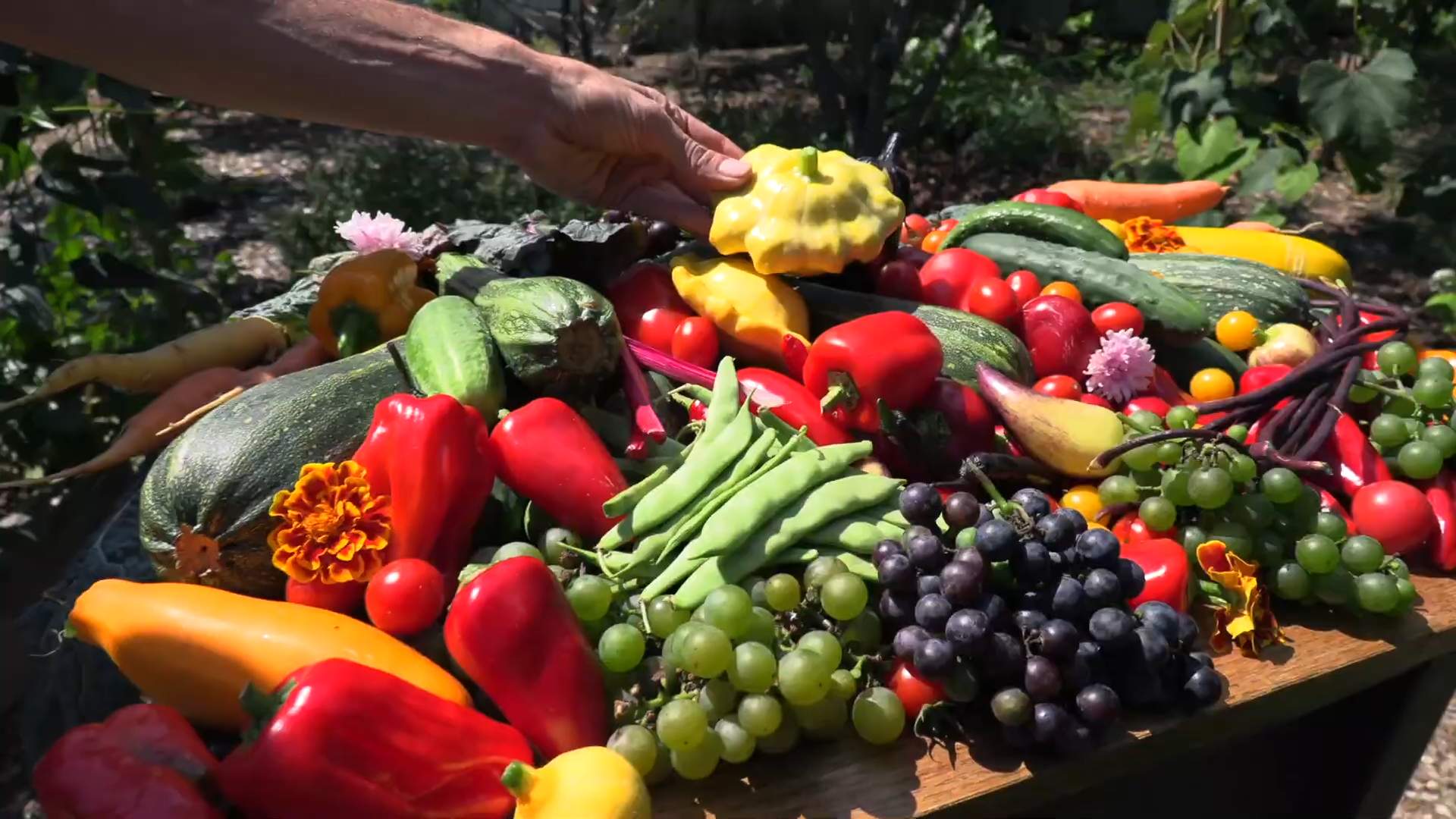
DIY Winter Crop Home Garden: A Beginner’s Guide
Okay, so you’re thinking about growing your own food during the winter months? Awesome! It’s totally doable, and honestly, there’s nothing quite like harvesting fresh greens when everything outside is covered in snow. Don’t let the cold scare you off. With a little planning and effort, you can have a thriving winter garden. Let’s dive in!
Choosing the Right Location
First things first, location, location, location! This is super important, especially in winter when sunlight is scarce.
* Sunlight is Key: Look for a spot in your yard that gets at least 6 hours of direct sunlight per day. South-facing areas are usually the best bet in the Northern Hemisphere.
* Protection from Wind: Winter winds can be brutal and dry out your plants quickly. A spot sheltered by a fence, wall, or even a row of evergreen trees can make a huge difference.
* Good Drainage: Soggy soil is a no-no, especially in winter. Make sure your chosen spot drains well. If not, consider raised beds or containers.
* Accessibility: You’ll be tending to your garden in potentially cold and snowy conditions, so choose a location that’s easy to access. You don’t want to be trekking through deep snow just to water your spinach!
Preparing Your Garden Bed
Now that you’ve got the perfect spot, it’s time to get the soil ready.
* Clear the Area: Remove any weeds, rocks, or debris from the garden bed.
* Soil Testing (Optional but Recommended): A soil test can tell you the pH level and nutrient content of your soil. This will help you determine what amendments you need to add. You can usually get a soil test kit from your local garden center or extension office.
* Amend the Soil: Winter crops generally prefer well-drained, fertile soil. Amend your soil with plenty of organic matter, such as compost, aged manure, or leaf mold. This will improve drainage, add nutrients, and help retain moisture.
* No-Dig Method (Optional): If you’re feeling ambitious, you could try the no-dig method. This involves layering cardboard or newspaper over the existing soil, followed by a thick layer of compost and other organic matter. It’s a great way to improve soil health and suppress weeds.
Choosing Your Winter Crops
This is where the fun begins! Not all vegetables can handle the cold, so you’ll need to choose varieties that are specifically bred for winter growing.
* Leafy Greens: These are your winter garden superstars! Spinach, kale, lettuce, arugula, and mustard greens are all excellent choices. They’re relatively easy to grow and can tolerate cold temperatures.
* Root Vegetables: Carrots, beets, turnips, and radishes can also be grown in winter, especially if you provide them with some protection.
* Brassicas: Cabbage, broccoli, cauliflower, and Brussels sprouts can be grown in winter, but they require a longer growing season, so you’ll need to start them indoors or purchase transplants.
* Garlic and Onions: These are typically planted in the fall for a summer harvest, but they can also be grown in winter if you provide them with some protection.
* Herbs: Many herbs, such as parsley, thyme, rosemary, and oregano, can tolerate cold temperatures and provide fresh flavor throughout the winter.
Planting Your Winter Crops
Alright, let’s get those seeds in the ground!
1. Check Planting Dates: Consult your local planting calendar to determine the best time to plant your chosen crops. Generally, you’ll want to plant winter crops in late summer or early fall, so they have time to establish before the first frost.
2. Sow Seeds Directly or Start Indoors: Some crops, like spinach and lettuce, can be sown directly into the garden bed. Others, like broccoli and cauliflower, are best started indoors and then transplanted.
3. Follow Seed Packet Instructions: Pay close attention to the seed packet instructions for spacing and planting depth.
4. Water Gently: Water the seeds or transplants gently after planting.
5. Mulch: Apply a layer of mulch around the plants to help retain moisture, suppress weeds, and insulate the soil. Straw, shredded leaves, or wood chips are all good options.
Protecting Your Winter Garden
This is crucial! Winter weather can be unpredictable, so you’ll need to take steps to protect your plants from frost, snow, and wind.
* Cold Frames: Cold frames are simple structures that provide a sheltered environment for your plants. They can be made from wood, plastic, or even recycled materials.
* Row Covers: Row covers are lightweight fabrics that are draped over plants to protect them from frost and pests.
* Cloches: Cloches are individual covers that are placed over plants to provide extra warmth. They can be made from glass, plastic, or even repurposed jars.
* Mulch: A thick layer of mulch will help insulate the soil and protect the roots of your plants.
* Watering: Water your plants regularly, but be careful not to overwater. Soggy soil can freeze and damage the roots. Water in the morning so the foliage has time to dry before nightfall.
* Ventilation: On sunny days, be sure to ventilate your cold frames or row covers to prevent overheating.
* Snow Removal: If you get a heavy snowfall, gently brush the snow off your plants to prevent them from being crushed.
Harvesting Your Winter Crops
The best part! Harvesting your own fresh vegetables in the middle of winter is incredibly rewarding.
* Harvest Regularly: Harvest your leafy greens regularly to encourage continued growth.
* Cut-and-Come-Again Method: Use the cut-and-come-again method for leafy greens. This involves cutting off the outer leaves, leaving the inner leaves to continue growing.
* Harvest Root Vegetables When Mature: Harvest root vegetables when they reach the desired size.
* Protect Remaining Plants: After harvesting, be sure to protect the remaining plants from frost and wind.
Troubleshooting Common Winter Garden Problems
Even with the best planning, you might encounter some challenges. Here’s how to deal with them:
* Frost Damage: If frost is predicted, cover your plants with row covers or blankets.
* Pests: Winter pests are less common than summer pests, but they can still be a problem. Check your plants regularly for signs of pests and take appropriate action.
* Disease: Disease can also be a problem in winter, especially in humid conditions. Ensure good ventilation and avoid overwatering.
* Slow Growth: Growth may be slower in winter due to the lack of sunlight and warmth. Be patient and provide your plants with the best possible conditions.
Specific Crop Tips
Let’s get into some specifics for some popular winter crops:
Spinach
* Planting: Direct sow seeds in late summer or early fall.
* Care: Keep soil moist and weed-free. Protect from frost with row covers.
* Harvesting: Harvest outer leaves as needed.
Kale
* Planting: Start seeds indoors or purchase transplants.
* Care: Kale is very cold-hardy. Protect from strong winds.
* Harvesting: Harvest outer leaves as needed.
Lettuce
* Planting: Direct sow seeds in late summer or early fall.
* Care: Keep soil moist and weed-free. Protect from frost with row covers.
* Harvesting: Harvest outer leaves as needed or harvest the entire head.
Carrots
* Planting: Direct sow seeds in late summer or early fall.
* Care: Keep soil moist and weed-free. Mulch heavily to protect from freezing.
* Harvesting: Harvest when carrots reach the desired size.
Garlic
* Planting: Plant cloves in the fall, a few weeks before the ground freezes.
* Care: Mulch heavily to protect from freezing.
* Harvesting: Harvest in the summer when the leaves start to turn brown.
Extending the Season Further
Want to push the boundaries of winter gardening even more? Here are some ideas:
* Greenhouse: A greenhouse provides the ultimate protection from the elements and allows you to grow a wider variety of crops.
* Heated Cold Frame: A heated cold frame can provide extra warmth for your plants, allowing you to extend the growing season even further.
* Indoor Growing: If you don’t have space for an outdoor garden, you can grow herbs and leafy greens indoors using grow lights.
And there you have it! A comprehensive guide to creating your own winter crop home garden. It might seem like a lot, but trust me, it’s totally worth it. The satisfaction of harvesting fresh
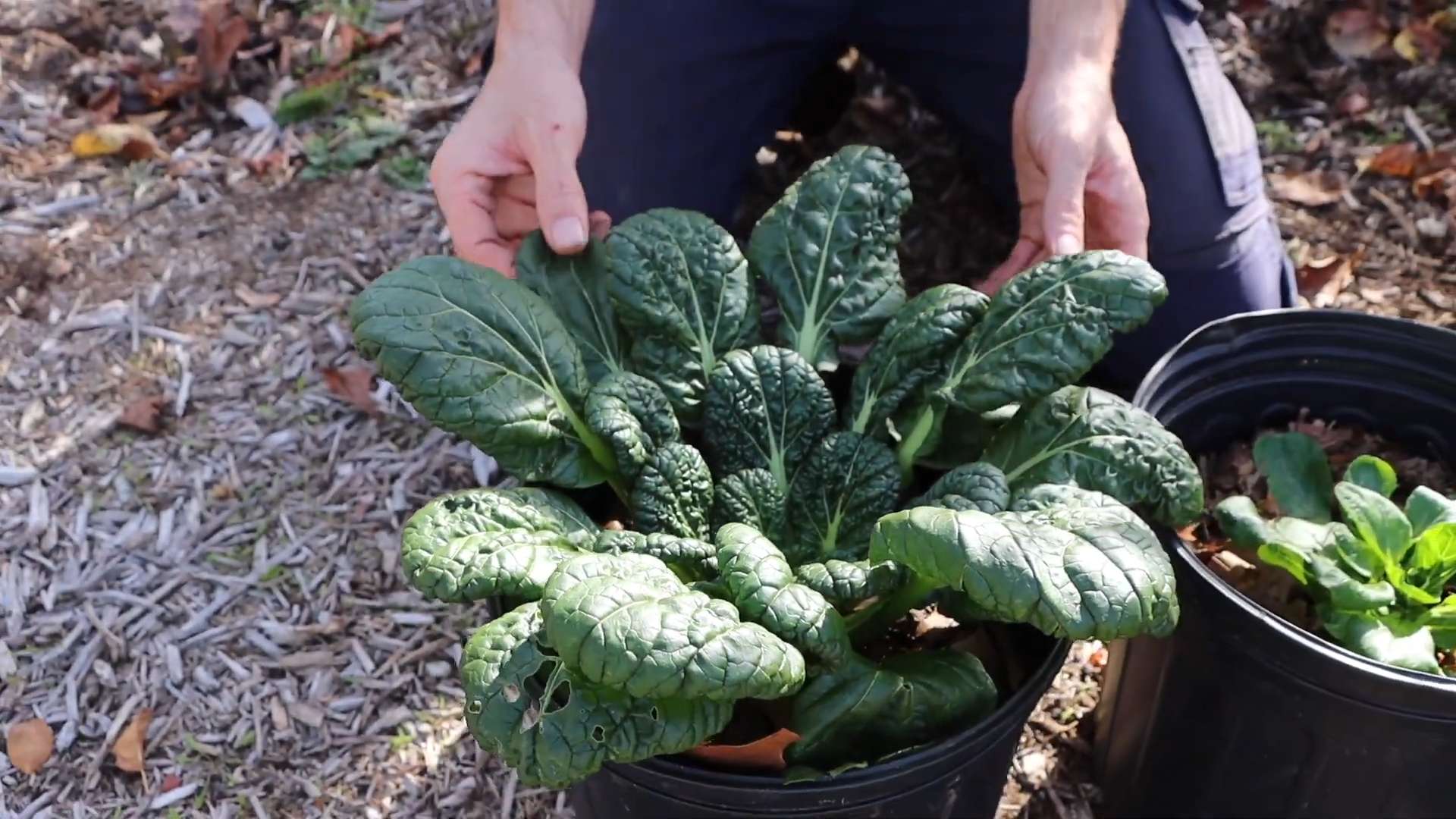
Conclusion
So, there you have it! Transforming your garden into a thriving winter haven is not only achievable but incredibly rewarding. This DIY trick for maximizing your winter crops home garden is a game-changer, offering a simple yet effective way to extend your growing season and enjoy fresh, homegrown produce even when the weather outside is frightful.
Why is this a must-try? Because it empowers you to take control of your food source, reduce your reliance on store-bought vegetables (often shipped from far away and lacking in flavor), and connect with nature in a meaningful way, even during the colder months. Imagine stepping outside on a crisp winter morning to harvest vibrant greens, knowing you nurtured them from seed to table. That’s the magic this DIY trick unlocks.
Beyond the basic method we’ve outlined, there’s plenty of room for customization. Consider experimenting with different types of protective covers. For example, you could use row covers made of lightweight fabric for added insulation, or even repurpose old windows or shower curtains to create mini-greenhouses over your raised beds. Another variation involves companion planting. Strategically pairing certain plants can enhance growth and deter pests naturally. For instance, planting garlic near your leafy greens can help repel aphids.
Don’t be afraid to get creative with your space, either. If you have limited outdoor space, consider adapting this trick for container gardening. You can easily move containers indoors during particularly harsh weather, providing an extra layer of protection. Vertical gardening is another excellent option for maximizing space and creating a visually appealing winter garden.
The key is to adapt the technique to your specific climate, available resources, and personal preferences. There’s no one-size-fits-all approach, so embrace the experimentation process and learn what works best for you.
We wholeheartedly encourage you to give this DIY trick a try. It’s a relatively low-cost, low-effort way to reap significant benefits. And the satisfaction of harvesting your own winter crops is truly unparalleled.
Once you’ve implemented this technique in your own winter crops home garden, we’d love to hear about your experience! Share your successes, challenges, and any variations you’ve tried in the comments below. Let’s build a community of winter gardening enthusiasts and learn from each other. Your insights could inspire others to embark on their own winter gardening journey. So, get your hands dirty, embrace the cold, and enjoy the bounty of your winter harvest!
Frequently Asked Questions (FAQ)
What exactly are “winter crops,” and what can I grow?
Winter crops are vegetables that can tolerate cold temperatures and even frost. Some popular choices include:
* **Leafy Greens:** Spinach, kale, lettuce, arugula, Swiss chard, collard greens. These are relatively fast-growing and can withstand light frosts.
* **Root Vegetables:** Carrots, beets, turnips, radishes, parsnips. These vegetables store well in the ground and can be harvested throughout the winter.
* **Brassicas:** Broccoli, cauliflower, cabbage, Brussels sprouts, kale. These are cold-hardy and can provide a substantial harvest.
* **Garlic and Onions:** Plant these in the fall for a spring harvest. They require a period of cold dormancy to develop properly.
* **Cover Crops:** Rye, oats, clover. These are planted to improve soil health and prevent erosion during the winter. They can be tilled into the soil in the spring to add organic matter.
The specific crops that will thrive in your winter crops home garden will depend on your local climate and the severity of your winters. Research which varieties are best suited for your region.
How do I protect my winter crops from frost and freezing temperatures?
Protecting your plants from frost is crucial for a successful winter harvest. Here are several methods you can use:
* **Row Covers:** These lightweight fabric covers are draped over plants to provide insulation and protect them from frost. They are easy to install and remove as needed.
* **Cold Frames:** These are simple structures made of wood or other materials that create a mini-greenhouse effect. They can be used to protect individual plants or entire rows.
* **Cloches:** These are glass or plastic covers that are placed over individual plants to trap heat and protect them from frost.
* **Mulch:** A thick layer of mulch around your plants can help insulate the soil and protect the roots from freezing.
* **Watering:** Water your plants thoroughly before a frost. Moist soil retains heat better than dry soil.
* **Move Containers Indoors:** If you are growing your winter crops in containers, you can easily move them indoors during particularly cold spells.
When is the best time to plant winter crops?
The timing of planting winter crops depends on your local climate and the specific crops you are growing. Generally, you should aim to plant your winter crops 4-6 weeks before the first expected frost. This will give them enough time to establish themselves before the cold weather arrives. Consult your local extension office or gardening resources for specific planting dates for your region.
What kind of soil is best for winter crops?
Winter crops, like all plants, thrive in well-draining soil that is rich in organic matter. Amend your soil with compost or other organic materials before planting to improve its fertility and drainage. A soil test can help you determine if your soil is lacking any essential nutrients.
How often should I water my winter crops?
Watering frequency will depend on the weather conditions and the type of soil you have. Generally, you should water your winter crops when the top inch of soil feels dry to the touch. Avoid overwatering, as this can lead to root rot.
Do winter crops need fertilizer?
Winter crops can benefit from a light feeding of fertilizer, especially if your soil is not very fertile. Use a balanced fertilizer or a fertilizer specifically formulated for vegetables. Follow the instructions on the fertilizer label carefully.
How do I deal with pests and diseases in my winter garden?
Pests and diseases can still be a problem in the winter garden, although they are generally less prevalent than in the summer. Monitor your plants regularly for signs of pests or diseases. Handpick pests whenever possible. Use organic pest control methods, such as insecticidal soap or neem oil, if necessary. Ensure good air circulation to prevent fungal diseases.
Can I grow winter crops indoors?
Yes, you can grow many winter crops indoors, especially leafy greens and herbs. Provide them with plenty of light, either from a sunny window or grow lights. Use a well-draining potting mix and water regularly.
How do I harvest winter crops?
Harvest your winter crops as needed. Leafy greens can be harvested by cutting off the outer leaves, allowing the plant to continue growing. Root vegetables can be harvested when they reach the desired size. Brassicas should be harvested when the heads or sprouts are firm and well-formed.
What if I don’t have a garden? Can I still grow winter crops?
Absolutely! Container gardening is a fantastic option for growing winter crops, even if you don’t have a traditional garden. You can grow a variety of vegetables in containers on your patio, balcony, or even indoors. Just be sure to choose containers that are large enough for the plants you want to grow and provide them with adequate drainage.


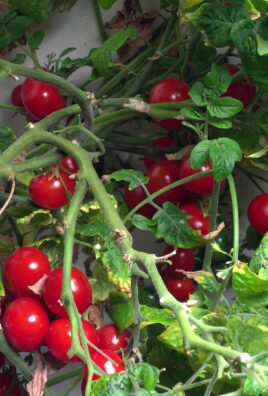
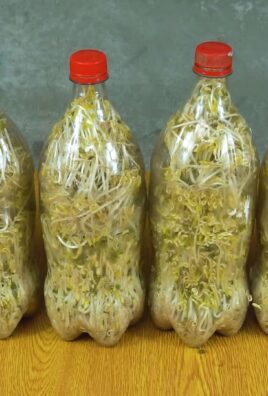
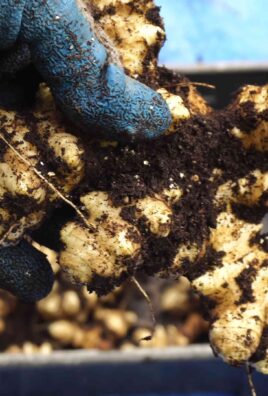
Leave a Comment